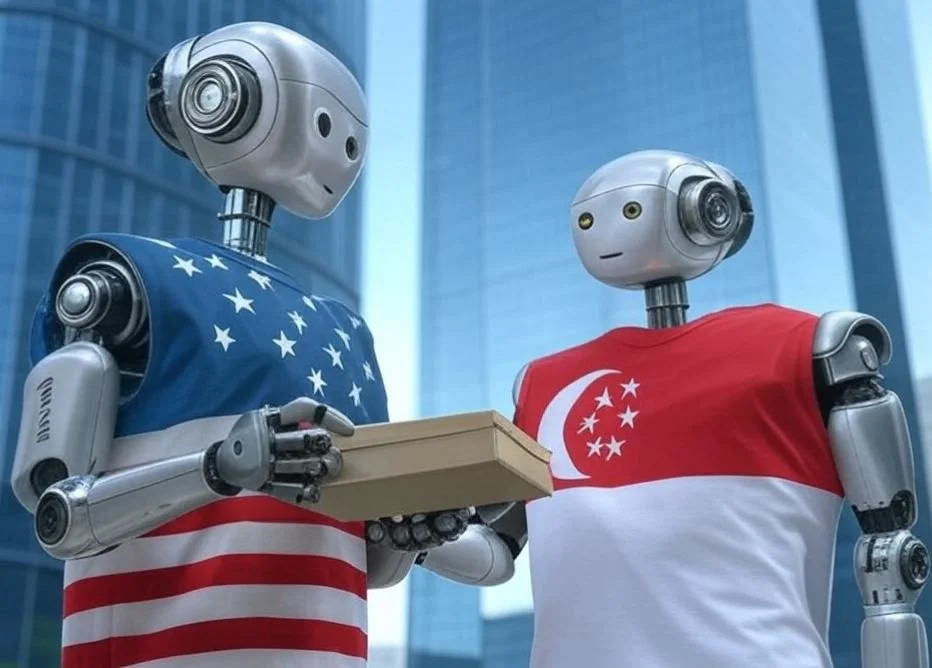Deepseek’s Dilemma
DeepSeek's H100 Dilemma: Navigating AI Development Under U.S. Export Restrictions
The world of artificial intelligence is currently witnessing a remarkable feat from DeepSeek, a Chinese AI startup that has launched models challenging the dominance of U.S.-based giants. At the heart of this achievement lies a contentious issue: the use of Nvidia's H100 processors, which are subject to stringent U.S. export restrictions aimed at curtailing China's AI capabilities. Here's a closer look at how DeepSeek might be leveraging these high-performance chips, despite the limitations.
The H100 Advantage
Nvidia's H100 GPUs are not just any chips; they are the pinnacle of AI acceleration technology, with features like high bandwidth memory, tensor cores for AI-specific computations, and advanced networking capabilities. These attributes make them ideal for training large-scale AI models efficiently, which explains why they're so coveted in the AI development community.
U.S. Export Controls
In an effort to maintain technological superiority and for national security reasons, the U.S. has imposed export restrictions that prevent the direct sale of H100 chips to China. These controls aim to slow down China's progress in AI, particularly in areas that could have military applications or enhance technological espionage capabilities.
The Singapore Connection
Despite these restrictions, there's speculation, fueled by various reports and posts on social media platforms like X, that DeepSeek has managed to access these chips. Singapore emerges as a pivotal node in this narrative. Known for its robust tech industry and as a major hub for trade and commerce, Singapore has become a strategic location for tech companies to manage operations.
Here's how this could work
Third-Party Intermediaries: Nvidia ships H100s to Singapore, where they are ostensibly intended for use by companies or for export to other markets. However, these chips could then be redirected to China through third parties, exploiting the complexities of global supply chains.
Data Centers and Shell Companies: There are whispers of shell entities or data centers in Singapore that serve as fronts for moving these chips into China. The chips might be sold as part of larger server configurations or under different product names, making them harder to track.
Pre-Export Stockpiling: Before the U.S. tightened its controls, there might have been significant stockpiling of H100s by Chinese companies or intermediaries in Singapore, which are now being utilized.
DeepSeek's Achievement
DeepSeek's AI models, particularly the R1, have shown capabilities that seem disproportionate to the officially acknowledged hardware constraints. If they are indeed using H100s, this could explain the efficiency and performance of their AI models, which have been developed at a fraction of the cost and with fewer resources than those by Western competitors.
Geopolitical and Economic Implications
U.S. Policy Effectiveness: This scenario raises questions about the effectiveness of U.S. export controls. If high-end chips like the H100 can reach China via indirect routes, the strategic advantage the U.S. hopes to maintain might be undermined.
Global Tech Race: The ability of Chinese companies like DeepSeek to innovate despite restrictions points to a resilient AI ecosystem in China, possibly pushing the U.S. and its allies to rethink their approach to tech warfare.
Market Dynamics: Nvidia, while denying any wrongdoing, faces a complex situation where its products are central to global tech tensions, potentially affecting its market strategy in Asia.
Conclusion:
While DeepSeek has not disclosed specifics about its hardware, the speculation around the use of H100 processors through Singapore underscores a broader issue in the tech world: the cat-and-mouse game between technological innovation and geopolitical strategy. As investigations continue and the global AI race heats up, the story of DeepSeek and the H100 chips serves as a reminder of the intricate dance between technology, commerce, and international relations. Whether these chips are indeed part of DeepSeek's success or not, the narrative highlights the challenges and ingenuity in navigating the modern tech landscape under the shadow of export controls.

